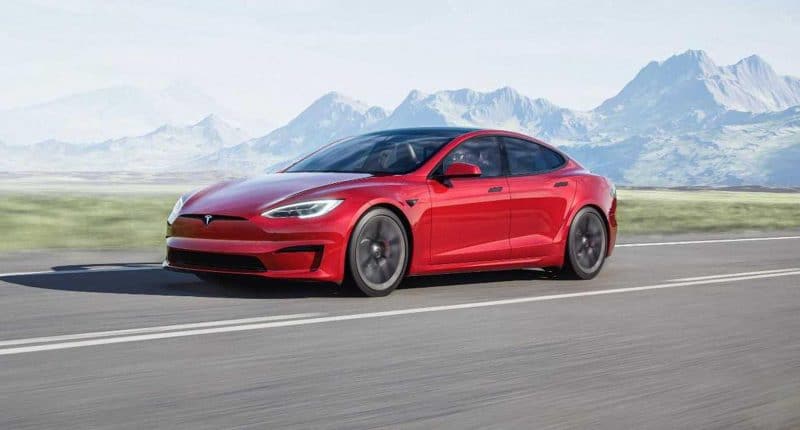Tesla’s performance in the first quarter of the year narrowly missed Wall Street estimates, even though it clocked a rise in its sales due to the steep price cuts of its four EVs. For the first quarter of the year, the automaker recorded $23.32 billion in revenue – an annual increase of 24% – on the back of its price-cutting spree.
This fell just short of analyst predictions of $23.34 billion in revenue. The company also reported a net income of $2.51 billion in the first quarter (GAAP), a drop of 24% from the corresponding period in the previous year. Its operating income fell by 26% annually to $2.7 billion, while its operating margin for the quarter amounted to 11.4%.
Furthermore, Tesla’s operating cash flow dropped by 37% annually to $2.51 billion, while its diluted earnings per share (EPS) clocked a YoY decrease of 23% to drop to $0.73/share. The price of the company’s shares fell by more than 4% after the earnings were reported after the bell, and they are currently trading at $180.59/share. “Our near-term pricing strategy considers a long-term view on per vehicle profitability given the potential lifetime value of a Tesla vehicle through autonomy, supercharging, connectivity, and service,” read the earnings report by Tesla.
The EV maker attributed the growth of its revenue for the quarter to a series of factors. This includes a growth in the deliveries of its vehicles and other parts of its business, reduced ASP annually, and a negative FX impact of $0.8 billion. “Although we implemented price reductions on many vehicle models across regions in the first quarter, our operating margins reduced at a manageable rate. We expect ongoing cost reduction of our vehicles, including improved production efficiency at our newest factories and lower logistics costs, and remain focused on operating leverage as we scale,” Tesla noted.
“We are planning to grow production as quickly as possible in alignment with the 50% CAGR target we began guiding to in early 2021. In some years we may grow faster and in some, we may grow slower, depending on a number of factors. For 2023, we expect to remain ahead of the long-term 50% CAGR with around 1.8 million cars for the year,” the company reported in its outlook, adding that its Cybertruck remained “on track” to begin production sometime later this year at the company’s Gigafactory in Texas.
Alongside this development, Tesla CEO Elon Musk said that the company is likely to launch the full self-drive technology this year.
“I hesitate to say this but I think we’ll do it this year,” Musk said while speaking on a conference call. He added that the test version of the Full Self-Driving (FSD) software will be “two steps forward, one step back between releases, but the trend is very clearly towards full self-driving, towards full autonomy.” It is expected that the rollout will improve upon the quirks and kinks that have plagued Tesla and its self-driving technology in recent years.
Most of the company’s revenue continues to come from the sale of EVs, although the company did clock some growth in other areas like energy generation and storage ($1.53 billion in revenue and an annual increase of 148%) and services and other revenue ($1.8 billion in revenue and a growth of 44% annually). Its revenue from automotives rose by 18% annually to reach $19.96 billion for the quarter. During the first quarter, Tesla produced a total of 440,808 vehicles (the Model S, Model X, Model Y, and Model 3), and delivered a total of 422,875 vehicles, just short of analyst expectations of 430,000 deliveries. Its production and deliveries for the quarter rose by 44% and 36% respectively.
“In Q1, we produced a record number of vehicles, thanks to ongoing ramps at our factories in Austin and Berlin. We remain committed to reducing the percentage of vehicles delivered in the 3rd month and smoothing deliveries throughout the quarter, which will help to reduce cost per vehicle while increasing in-transit inventory at the end of each quarter,” Tesla reported.





